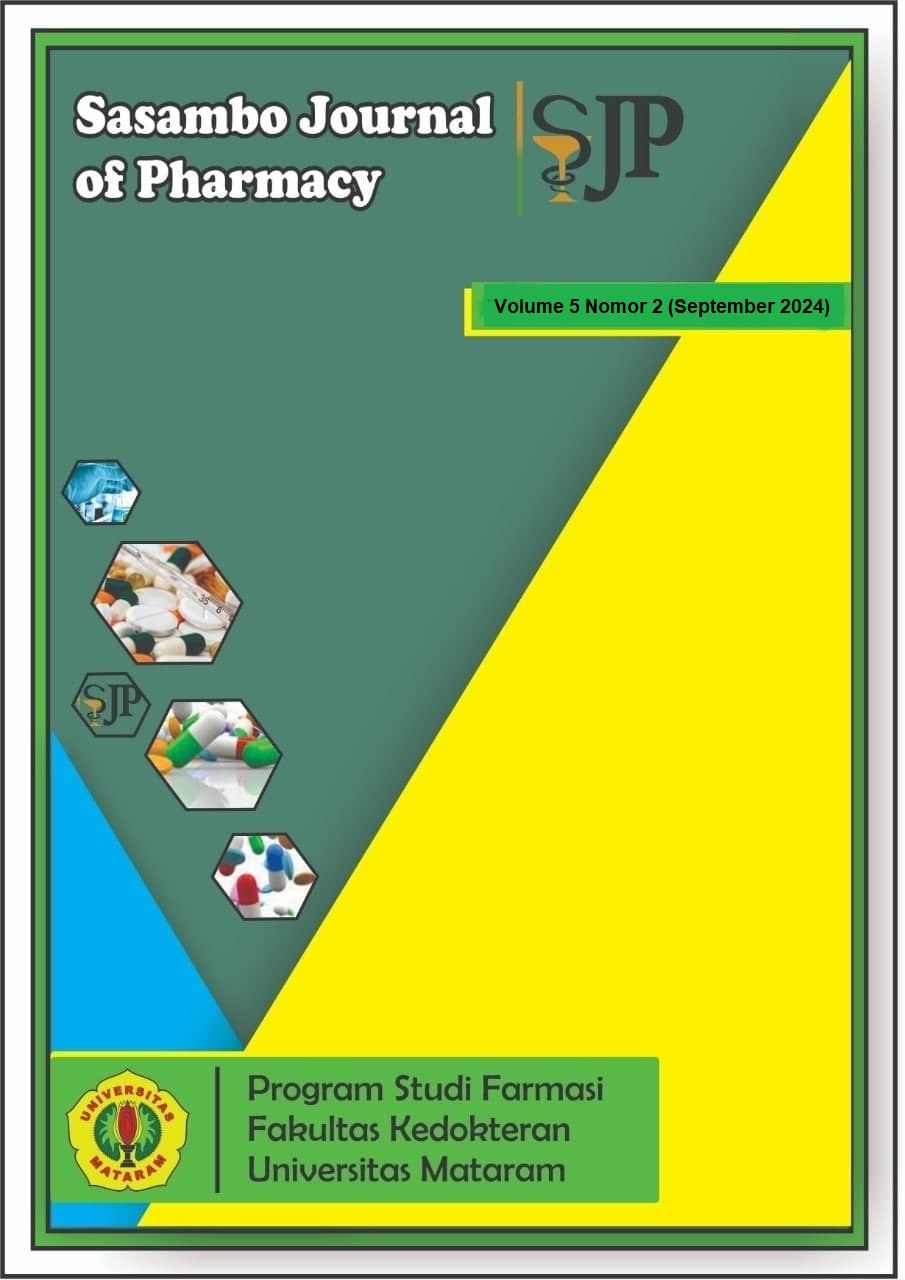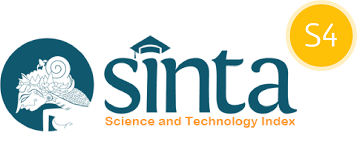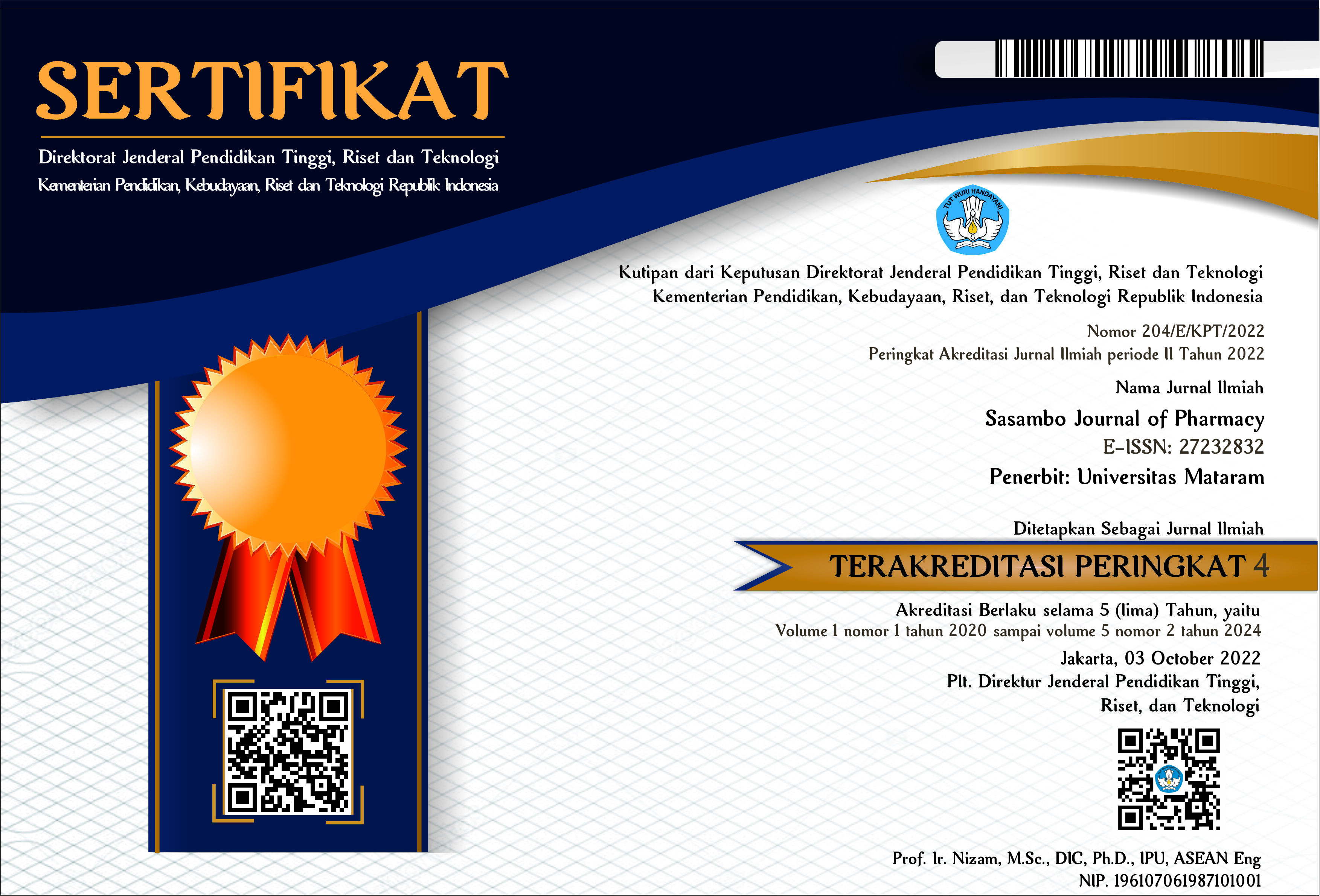Analisis waste pada depo rawat jalan dengan menggunakan lean hospital di Rumah Sakit Islam Siti Hajar Mataram
DOI:
10.29303/sjp.v5i2.470Downloads
Abstract
Pharmaceutical installations can provide substantial revenue if managed properly and efficiently. Good or bad service can affect patient satisfaction. For this reason, pharmaceutical installations must improve quality in terms of patient satisfaction, one of which is by reducing waste that occurs in the pharmaceutical service process in hospitals. This study aims to analyze what waste occurs in outpatient depot services to improve service efficiency. This research is descriptive qualitative. Data were obtained through document review, direct observation, interviews. Waste identification uses Value Stream Mapping and Fishbone Diagram to determine the root causes of critical waste that occurs. The results showed that the highest percentage of value added was in the ordinary prescription service of 63.41%, the highest percentage of necessity but non-value added was in the prescription service that required drug distribution from the warehouse unit of 70.79%, and the highest non-value added was in the compounded prescription service process of 36.59%. By using lean hospital, it can be identified that many wastes occur including waiting, transportation, and defects. Increasing service efficiency at the Siti Hajar Mataram Islamic Hospital Outpatient depot can be done by minimizing non-value added activities.
Keywords:
Lean Hospital, Rawat Jalan, Rumah Sakit, WasteReferences
Adellia, Y., & Setyanto, N. W. (2014). Pendekatan Lean Healthcare Untuk Meminimasi Waste Di Rumah Sakit Islam Unisma Malang.
Azizah, N. F., Ciptono, W. S., & Satibi, S. (2017). Analisis Proses Pengelolaan Obat Rsud Di Jawa Timur Dengan Pendekatan Lean Hospital. JURNAL MANAJEMEN DAN PELAYANAN FARMASI (Journal of Management and Pharmacy Practice), 7(1), 49. https://doi.org/10.22146/jmpf.369
Everdine, F. A., Tendean, L., & Pertiwi, J. M. (2023). Analisis Pemborosan (Waste) Menggunakan Pendekatan Lean Manajemen Pada Instalasi Farmasi Rawat Jalan Rumah Sakit Hermina Manado. 4.
Gaspers, V., & Fontana, A. (2011). Lean Sig Sigma for Manufacturing and Service Industries. Gramedia Pustaka Utama.
Graban, M. (2011). Lean Hospitals: Improving Quality, Patient Safety, and Employee Engagement, (2nd editions). Productivity Press.
Himawan, L., Marchaban, & Satibi. (2020). Analisis Proses Pengadaan, Penerimaan dan Penyimpanan dengan Pendekatan Lean Hospital di Rumah Sakit Universitas Gadjah Mada. Majalah Farmaseutik, 17(3), 365–372. https://doi.org/10.22146/farmaseutik.v1i1.58658
Jackson, T. (2012). Standard Work For Lean Healthcare. CRC Press.
Nancy, Marchaban, M., & Wardani. (2014). Pendekatan Lean Hospital Untuk Perbaikan Berkelanjutan Proses Pelayanan Instalasi Farmasi Rumah Sakit. 4.
Suryani, R., & Ciptono, W. S. (2017). Analisis Pelayanan Rawat Jalan Rumah Sakit Umum Daerah Di Yogyakarta Dengan Pendekatan Lean Hospital. 7.
Winarno, N., Marchaban, M., & Yuniarti, E. (2022). Penggunaan Lean Hospital Untuk Meningkatkan Efisiensi Pelayanan Resep Rawat Jalan RSU PKU Muhammadiyah Delanggu. Majalah Farmaseutik, 18(2). https://doi.org/10.22146/farmaseutik.v1i1.58990
License
Copyright (c) 2024 The Author(s)

This work is licensed under a Creative Commons Attribution 4.0 International License.
Authors who publish with Sasambo Journal of Pharmacy (SJP), agree to the following terms:
- Authors retain copyright and grant the journal right of first publication with the work simultaneously licensed under a Lisensi Creative Commons Atribusi 4.0 Internasional. This license allows authors to use all articles, data sets, graphics and appendices in data mining applications, search engines, web sites, blogs, and other platforms by providing an appropriate reference. The journal allows the author(s) to hold the copyright without restrictions and will retain publishing rights without restrictions.
- Authors are able to enter into separate, additional contractual arrangements for the non-exclusive distribution of the journal's published version of the work (e.g., post it to an institutional repository or publish it in a book), with an acknowledgment of its initial publication in Sasambo Journal of Pharmacy
- Authors are permitted and encouraged to post their work online (e.g., in institutional repositories or on their website) prior to and during the submission process, as it can lead to productive exchanges, as well as earlier and greater citation of published work (See The Effect of Open Access).







